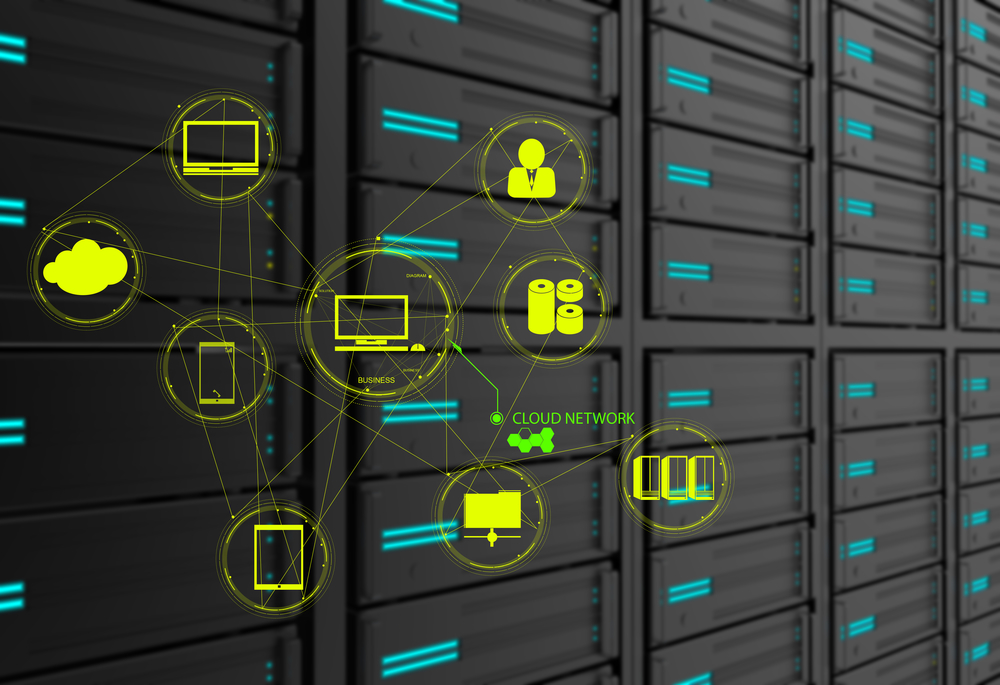Hyperconvergence is an IT environment that combines storage, computing, and networking into a single system to reduce data center complexity and increase scalability. The elements of a hyperconverged platform are a hypervisor to create and run virtual machines, software-defined storage for data management, and a virtual network. Multiple nodes can be combined to create convenient groups of shared storage and computing resources. In general, hyperconverged platforms use off-the-shelf servers.
Using single-vendor, standard hardware provides a much more flexible and easy-to-manage infrastructure compared to a traditional enterprise storage infrastructure. IT leaders embarking on data center modernization projects are adopting hyperconvergence to provide the agility of public cloud infrastructure without giving up the control of hardware on their own premises.
Here are six benefits of hyperconvergence that solve some of the challenges that organizations experience with virtualized data centers:
Software Focused
Hyperconvergence provides software-based flexibility to meet existing and future business needs without having to buy all new infrastructure every time your business grows. Also, as vendors invent new features, you gain the benefits immediately with a software update, without the need to replace hardware.
Cost Savings Through Commodity Hardware
Commodity hardware is lower cost while the software layer is designed to accommodate the fact that the hardware will eventually become outdated or fail. Commodity hardware allows the business to enjoy better outcomes than a legacy data center can offer.
Hypervisor Technology to Centralize Systems and Management
Hypervisor technology combines all components of hyperconvergence, compute, storage, backup to disk, and cloud gateway into a single, shared resource pool. Centralizing hyperconvergence components gives IT the ability to manage resources quickly and easily from a single interface, as if they were all sitting next to each other in the same room.
Respond Faster to Changing Needs
Legacy environments make it difficult for the IT department to quickly meet a business’s changing needs. With a hyperconverged infrastructure, IT can move workloads as needed.
Built-in Data Backup and Disaster Recovery
Protecting data is critical to every organization, but comprehensive data protection can be extremely expensive in a legacy system. With hyperconverged environments, the data backup and recovery is built-in, providing efficient data protection, affordable disaster recovery, and a single centralized console to enable IT to respond quickly.
Single-Vendor Benefits
Hyperconvergence also features single-vendor design, delivery, and support. You end up with a single point of contact from the initial inquiry to system stand-down. Hyperconverged systems are tested so there is less need for pilot projects – or if you prefer a pilot project, you can run it for a shorter period of time. Hyperconverged systems offer a single manufacturer and one upgrade, reducing complexity to result in time savings and lower operational costs for procurement, operations, and support.
Fidelus Technologies, based out of New York City is a Professional and Managed Information Technology Services company focused on customer success and business efficiency . Our services provide seamless networking, data center, wireless, security and unified communications expertise for medium and enterprise sized businesses. We have a consultative life cycle approach that includes requirements gathering, assessments, solution design, planning, project management, engineering, adoption and evolution (training) services to fully support the IT needs of your organization.
If you’re looking for more information on how Fidelus can help with your organizations technology please contact us here. To access our in-depth analysis on how IT teams across the country are using IT services and products within their organization click below.
2017 U.S. IT Services Report sponsored by Fidelus
